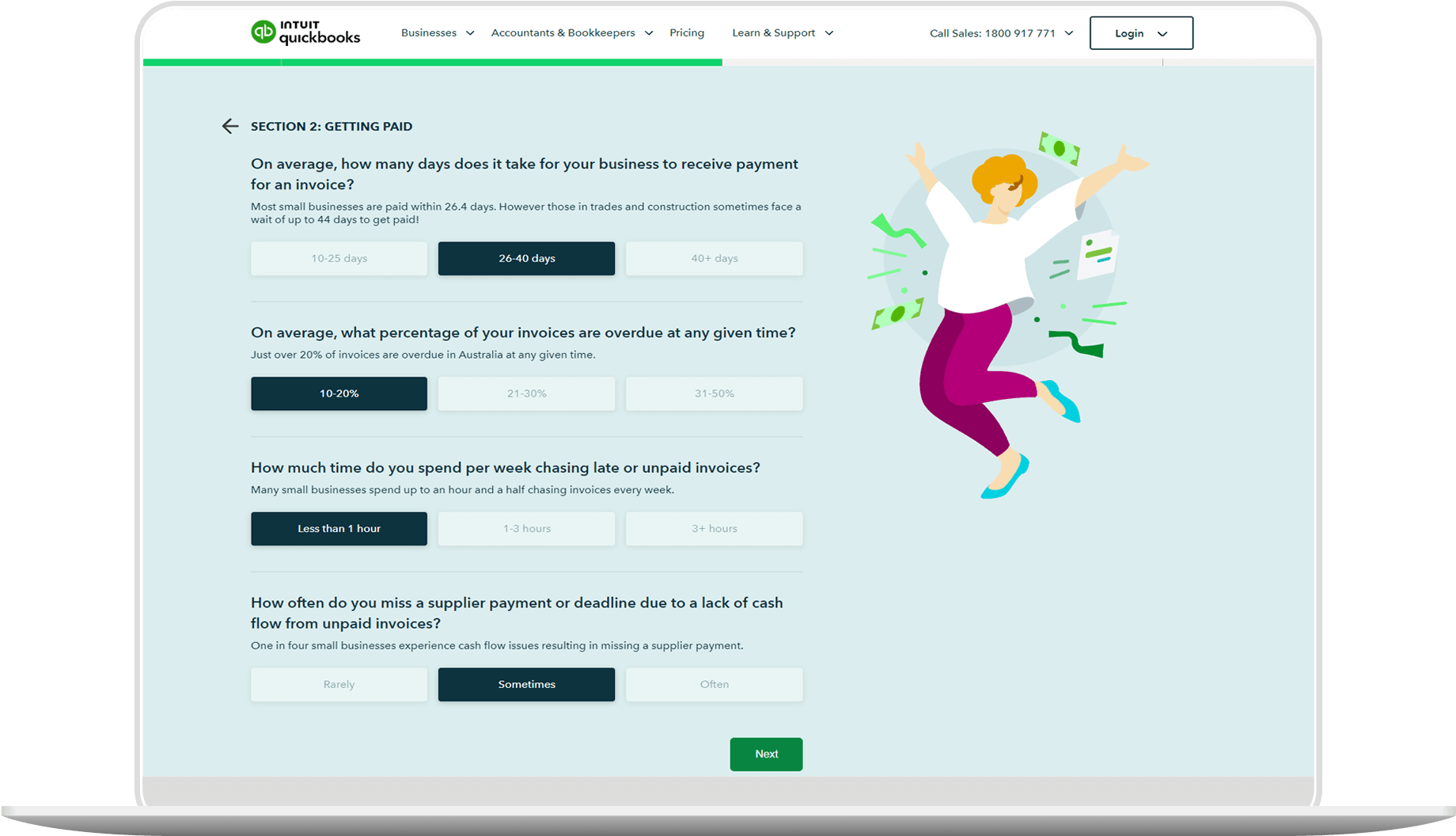Methods for calculating depreciation & disposal value
In most cases you’ll need to calculate an asset’s depreciation so you can record its disposal value on your books.
The two most common methods used to calculate depreciation and disposal value are:
The straight-line method
The straight-line method assumes the same amount of depreciation each year. The formula first subtracts the cost of the asset from its salvage value, then divides that number by the useful lifespan of the asset
(Cost of the asset - salvage value) / useful life of the asset
“Cost of the asset” is the amount you paid to purchase the asset. “Salvage value” is the cash you receive when you sell the asset at the end of its useful life.
The double-declining balance method
The double-declining balance method is typically used when the asset will appreciate faster in the early years of its life before slowing down. A vehicle is a great example of this.
There are three steps to calculate disposal value using this method:
1. Work out the asset's depreciation rate using the formula:
Depreciation rate = (1 / asset's useful life) x 2
2. Work out the asset's annual depreciation by multiplying the value of the asset at the beginning of a period, like the financial year, by the depreciation rate:
Annual depreciation = asset value at the beginning of the period x depreciation rate
3. Subtract the annual depreciation amount from the asset's initial value. The result is the disposal value of the asset:
Accumulated depreciation = asset value at the beginning of the period - annual depreciation
If this all seems a bit tricky, the good news is that QuickBook's accounting software makes it simple to calculate depreciation and record asset disposal in your books – so you never have to worry about messy spreadsheets or paperwork.


















